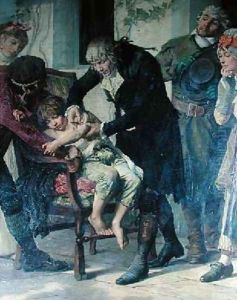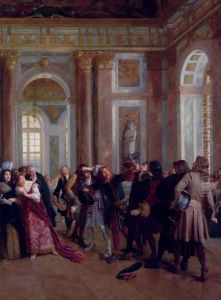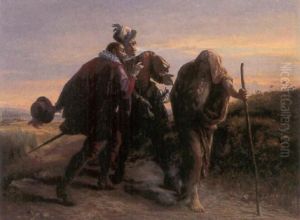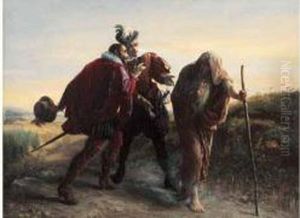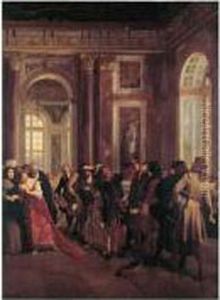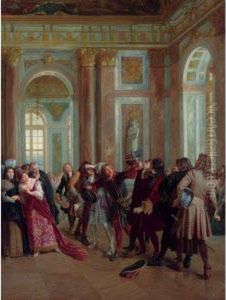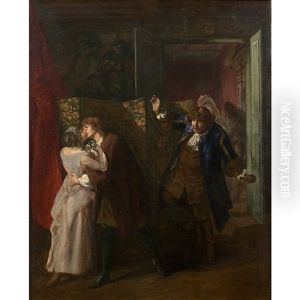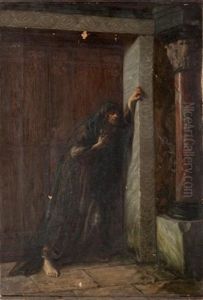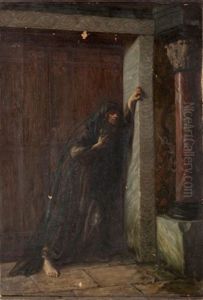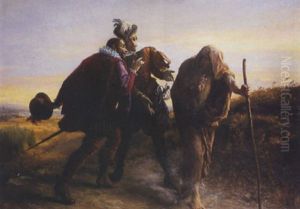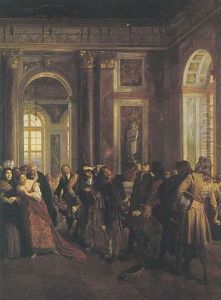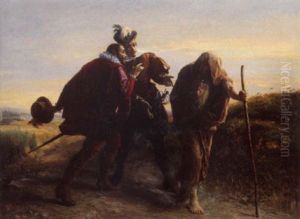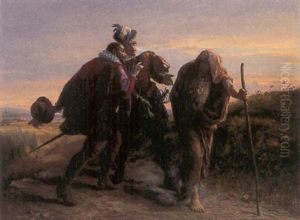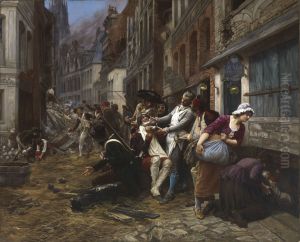Gaston-Theodore Melingue Paintings
Gaston-Théodore Melingue was a French artist known for his work as a painter, sculptor, and illustrator. He was born on October 2, 1840, in Paris, France, into a family with artistic interests; his father, Étienne Melingue, was a well-known actor and painter. Gaston was exposed to the arts from a young age and was encouraged to pursue his creative talents.
Melingue studied under various artists and developed a style that reflected the academic tradition prevalent during his time. He exhibited his work at the Paris Salon, the official art exhibition of the Académie des Beaux-Arts in Paris. His submissions to the Salon began in the 1860s, and he continued to show his work there throughout his career.
As a painter, Melingue was particularly recognized for his historical scenes and genre paintings. He had an affinity for capturing moments from French history, often depicting battles, heroic events, and figures from the past with a romanticized flair that was appreciated by the public and critics alike. His illustrations also appeared in various publications, adding to the visual culture of the period.
In addition to painting and illustration, Melingue was an accomplished sculptor. He created a number of busts and statues, some of which were commissioned for public spaces. His sculptures demonstrated the same attention to historical detail and narrative as his paintings.
Throughout his career, Melingue received various honors and awards for his contributions to French art. He was also a member of the Société des Artistes Français, an association that represented French artists and organized the annual Salon.
Gaston-Théodore Melingue continued to be active in the arts until his death on March 21, 1914. Although not as widely remembered today as some of his contemporaries, his work remains a testament to the eclectic tastes and historical interests of the French art scene during the second half of the 19th century.
